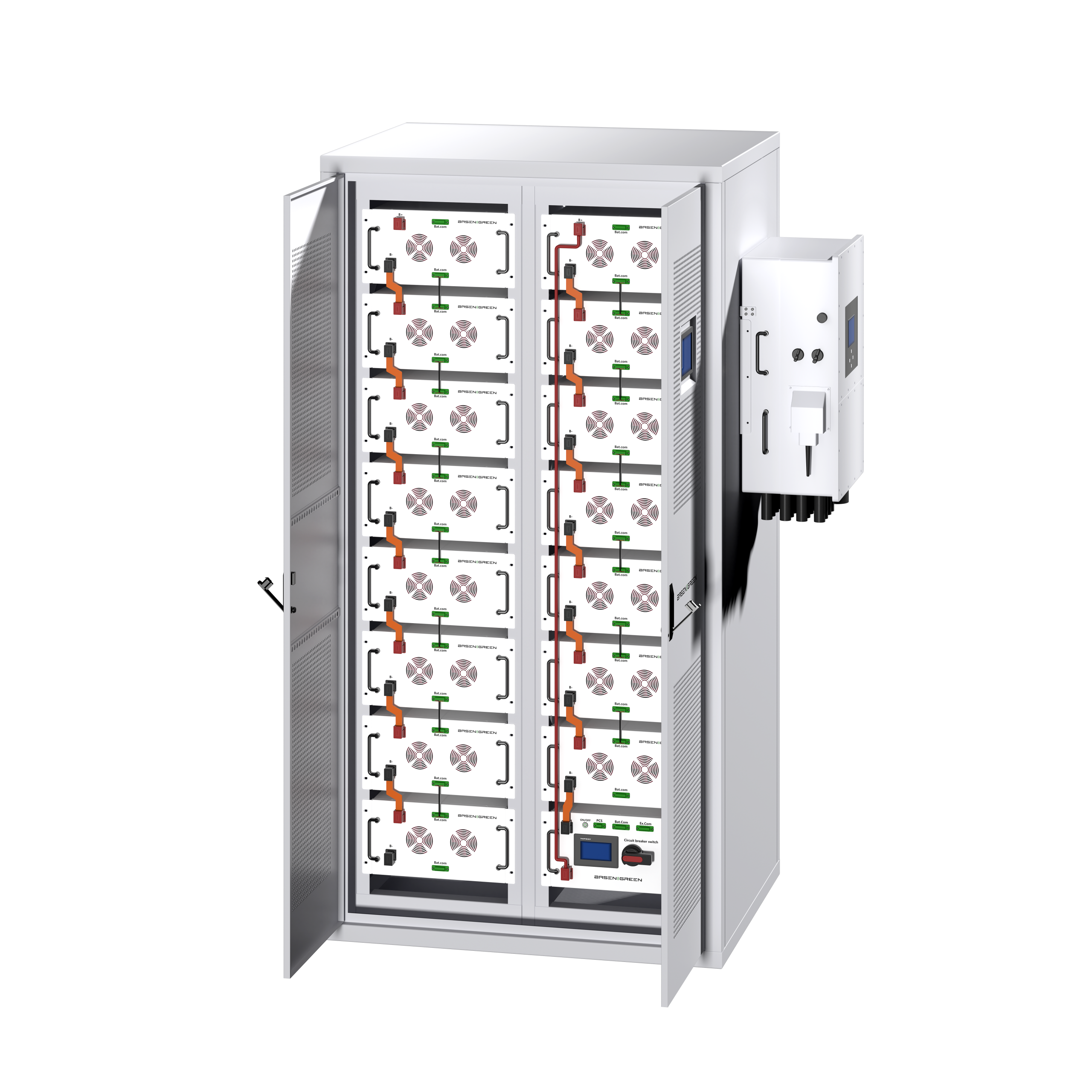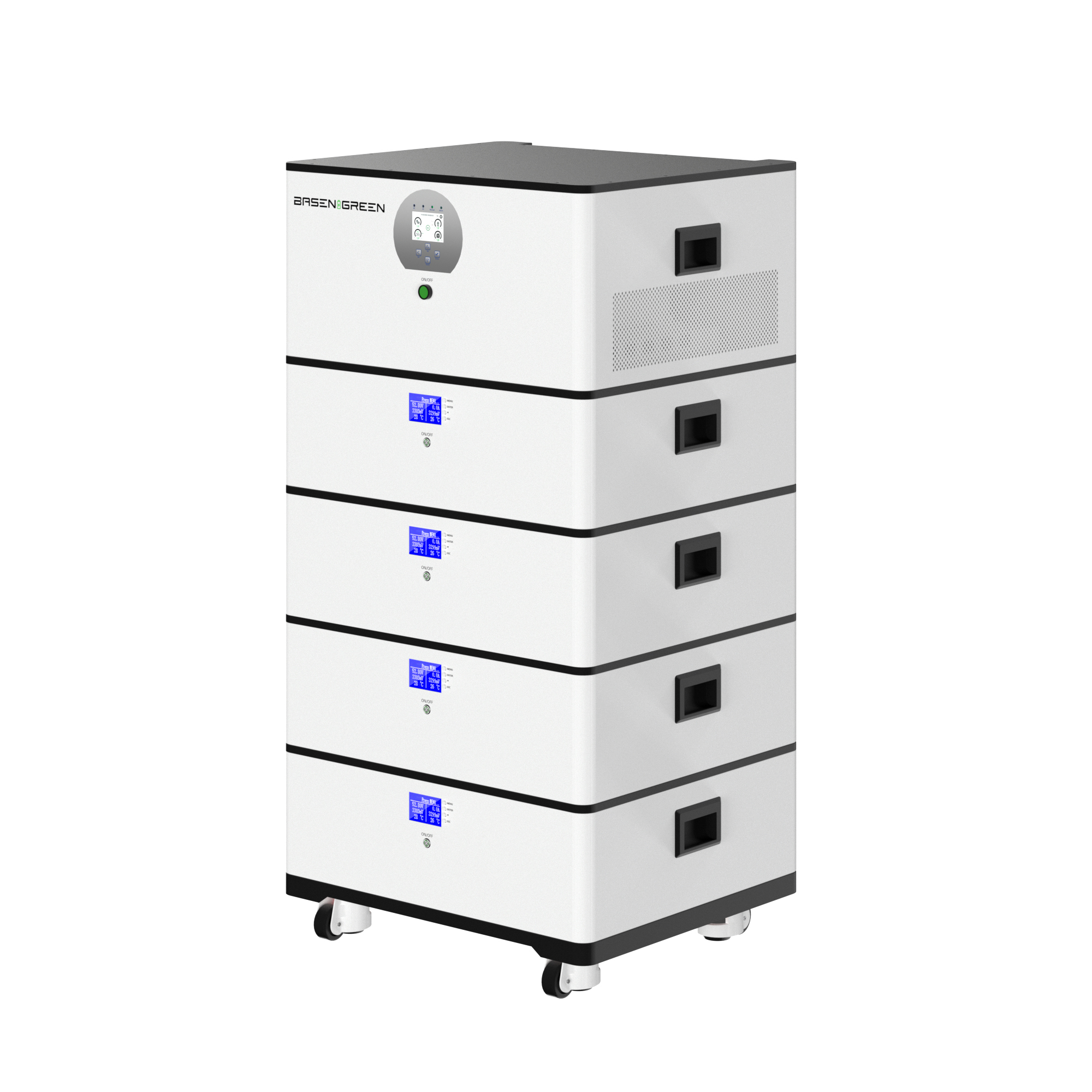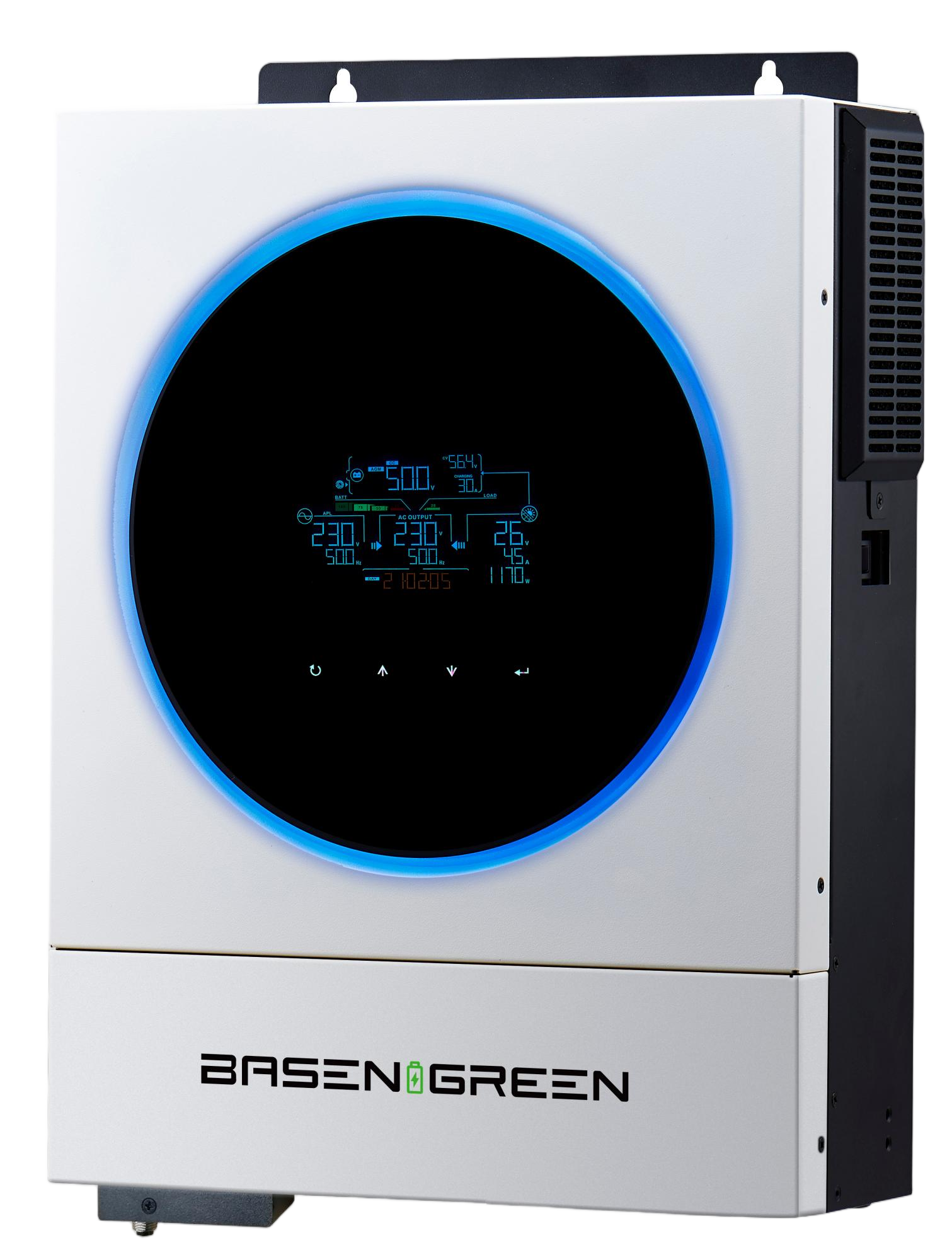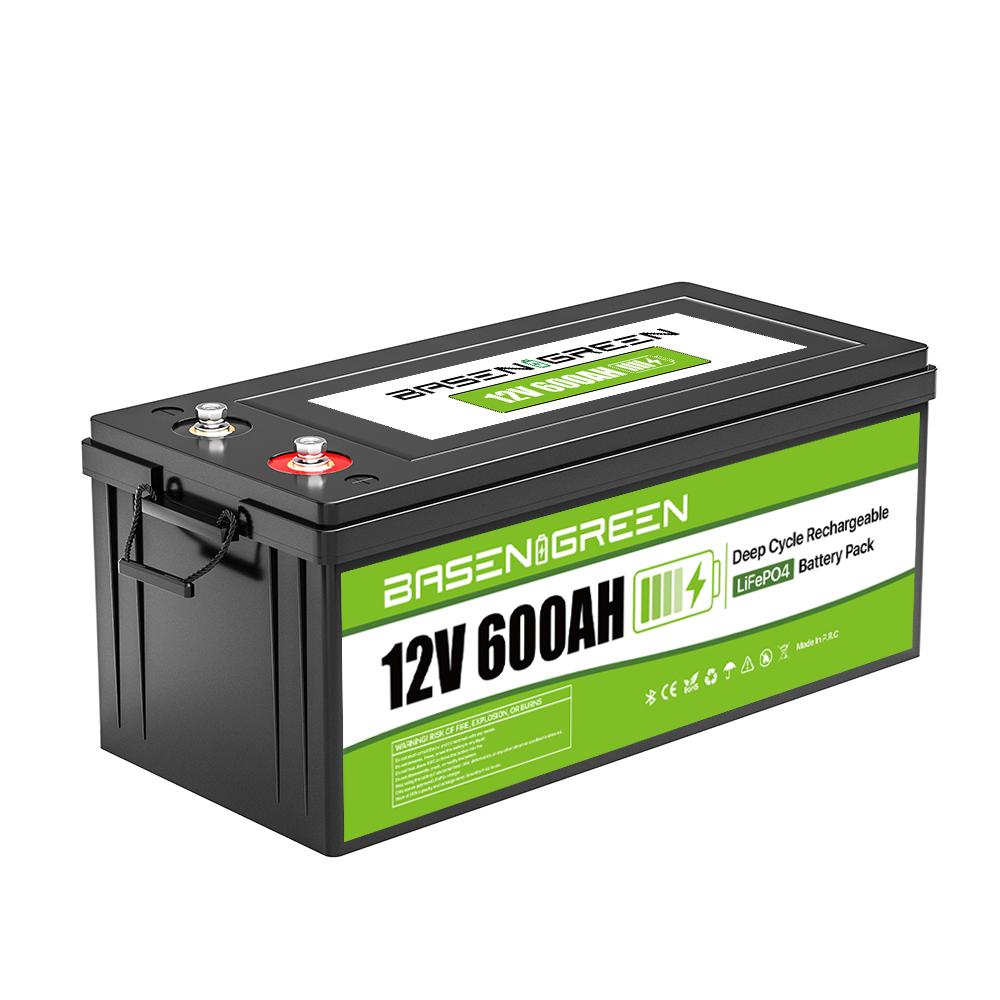628Ah Battery Support Appliance Running Hours Calculation
628Ah Battery Support Appliance Running Hours Calculation
When it comes to battery-powered appliances, understanding how long your device can run on a single charge is crucial for planning and practical use. For a 628Ah battery, calculating the running hours of an appliance involves several factors, including the battery’s capacity, the device’s power consumption, and the efficiency of the system. This article will guide you through the process of determining the running hours of an appliance supported by a 628Ah battery.
Understanding Battery Capacity
Battery capacity is typically measured in ampere-hours (Ah), which represents the amount of energy the battery can store. A 628Ah battery means it can supply 1 ampere of current for 628 hours or 628 amperes for 1 hour, depending on the load. However, in real-world scenarios, the actual usable capacity is often less due to factors like self-discharge, efficiency losses, and end-of-discharge voltage limits.
Determining Appliance Power Consumption
To calculate the running hours, you need to know the power consumption of the appliance. Power is measured in watts (W), and it’s essential to determine whether the appliance uses a continuous or peak power draw. For a more accurate calculation, consider the average power consumption over time.
Calculating Running Hours
The basic formula to calculate the running hours (T) of an appliance is:
T = (Battery Capacity in Ah × Voltage × Efficiency) / Power Consumption in Watts
Here’s a step-by-step breakdown:
Battery Capacity: Use the nominal capacity of the battery, which is 628Ah in this case. Voltage: Determine the operating voltage of the battery and the appliance. For lead-acid batteries, this is often 12V, 24V, or 48V. Efficiency: Account for the efficiency of the system, including the battery, inverter, and appliance. A typical efficiency range is 80-90%. Power Consumption: Measure the average power consumption of the appliance in watts.Example: Suppose you have a 628Ah battery at 24V, an efficiency of 85%, and an appliance that consumes 1000W of power.
T = (628Ah × 24V × 0.85) / 1000W = (628 × 24 × 0.85) / 1000 ≈ 13.7 hours
This means the appliance can run for approximately 13.7 hours on a fully charged 628Ah battery under these conditions.
Factors Affecting Running Hours
Several factors can influence the actual running hours of your appliance:
Discharge Rate: Higher discharge rates can reduce battery efficiency and usable capacity. Temperature: Extreme temperatures can affect battery performance and lifespan. Load Profile: The type and duration of the load can impact overall runtime. Battery Age: As batteries age, their capacity and efficiency decrease.Optimizing Running Hours
To maximize the running hours of your appliance:
Use High-Efficiency Components: Choose inverters, chargers, and appliances with high efficiency ratings. Monitor Battery Health: Regularly check the battery’s state of charge and replace it when necessary. Optimize Load: Reduce unnecessary power consumption and stagger high-power devices.Calculating the running hours of an appliance supported by a 628Ah battery is essential for planning and ensuring reliable operation. By understanding battery capacity, power consumption, and system efficiency, you can estimate the runtime accurately. Remember to account for real-world factors like temperature and battery age to achieve the best results. With proper planning and optimization, you can maximize the performance of your battery-powered appliances.






